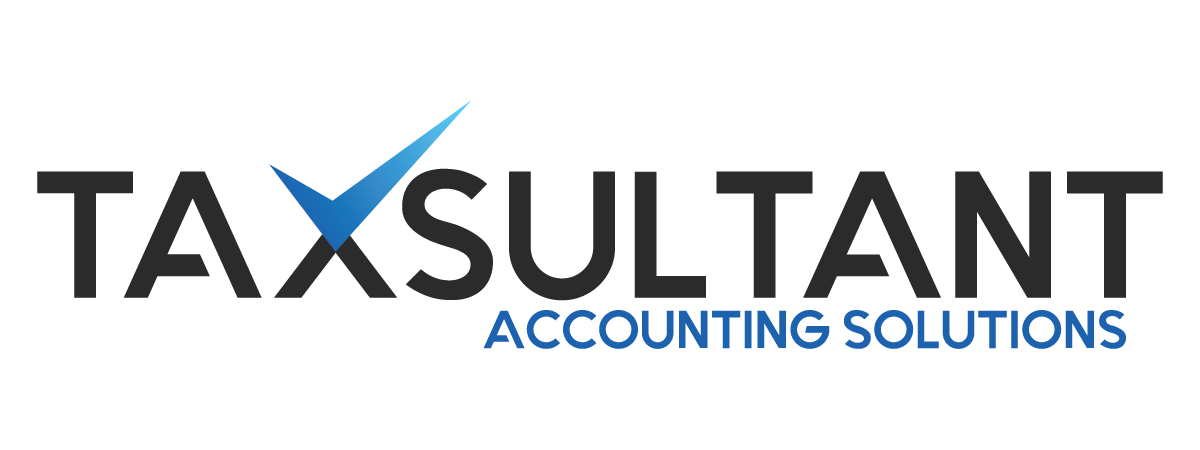Section 8 Company
Section 8 Company: An Overview
A Section 8 Company is a type of company in India that is formed under the provisions of Section 8 of the Companies Act, 2013. It is a nonprofit organization that is established for promoting various objectives such as charitable, scientific, literary, cultural, religious, educational, or social welfare purposes. A Section 8 company is similar to a Non-Governmental Organization (NGO) or a Trust but operates with the legal status of a company.
The primary feature of a Section 8 company is that it must not distribute its profits to its members. Instead, the profits are reinvested back into the organization for the furtherance of its objectives.
Key Features of Section 8 Company
Non profit Purpose: A Section 8 company must be established for promoting objectives like charitable, scientific, educational, literary, religious, cultural, social welfare, or any other such nonprofit activity.
Profits generated by the company are used exclusively for promoting the objectives of the organization.
No Distribution of Profits: Unlike other types of companies, the profits of a Section 8 company cannot be distributed among its members, directors, or shareholders.
Instead, the profits must be reinvested in the company to further its nonprofit objectives.
Limited Liability: Like other companies, a Section 8 company enjoys the benefit of limited liability for its members. This means that the personal assets of members are not at risk in case the company faces financial trouble.
Registration and Incorporation: A Section 8 company is required to be incorporated with the Registrar of Companies (ROC), and the registration process is somewhat similar to that of other types of companies.
The company must have a minimum of two directors and one member to begin the registration process.
Exemption from Certain Provisions: A Section 8 company enjoys exemptions from certain provisions of the Companies Act, 2013 that apply to normal profit-making companies. For example, a Section 8 company is not required to use the word “Limited” or “Private Limited” in its name. Instead, the name can be indicative of the nonprofit nature of the organization.
Regulated by the Ministry of Corporate Affairs (MCA): Section 8 companies are regulated by the Ministry of Corporate Affairs (MCA) and must comply with their guidelines and regulations.
They are also subject to annual filings and audits like other companies.
Tax Exemptions: Section 8 companies can apply for tax exemptions under various sections of the Income Tax Act, 1961. For example, they can apply for recognition under Section 12A and Section 80G, which offer exemptions and tax benefits for donors.
Donations made to a Section 8 company may also be eligible for tax deductions for the donors.
Internal Governance: Section 8 companies have flexibility in governance, as they can adopt different management structures. They may be managed by a board of directors or an elected governing body. The company is required to have a memorandum of association (MOA) and articles of association (AOA) that define the rules, objectives, and operations.
Advantages of Forming a Section 8 Company
Limited Liability: Members and directors have limited liability, meaning their personal assets are protected from the company’s liabilities.
Nonprofit Status: A Section 8 company enjoys a nonprofit status, which may attract more donors and charitable contributions, especially for those who want to claim tax deductions under Section 80G of the Income Tax Act.
Credibility: Registering as a Section 8 company adds credibility and legitimacy to an organization, as it is a legal entity and is subject to oversight by regulatory authorities such as the Ministry of Corporate Affairs (MCA).
Access to Government Grants: Section 8 companies may be eligible for government grants or funding from international organizations, as they are considered more formal entities compared to NGOs or trusts.
Tax Benefits: A Section 8 company can apply for tax exemptions under Section 12A and 80G of the Income Tax Act, which benefits both the company and its donors.
No Capital Requirement: Unlike other companies, a Section 8 company does not have a mandatory minimum capital requirement for incorporation. This makes it easier for smaller entities to register.
Flexibility in Structure: A Section 8 company provides flexibility in governance and organizational structure. Members can have control over the company’s activities, while ensuring the company’s operations align with the intended nonprofit objectives.
Process of Incorporating a Section 8 Company
The process of incorporation of a Section 8 company involves the following steps:
Name Approval: The name of the company should be unique and reflect its nonprofit objectives. The name should not be similar to any existing company or trademark.
The name must be approved by the Registrar of Companies (ROC).
Application for License: To incorporate a Section 8 company, an application must be submitted to the ROC along with a request for a license to operate as a nonprofit organization.
The application must include the company’s objectives, a declaration that the profits will not be distributed, and a detailed plan of activities.
Drafting of MOA and AOA: The Memorandum of Association (MOA) and Articles of Association (AOA) must be drafted. The MOA outlines the company’s objectives and mission, while the AOA specifies the rules governing the company’s operations.
Filing with ROC: The company must submit the application for registration along with the required documents such as the MOA, AOA, proof of identity, proof of address of directors, and the license for nonprofit activities.
Obtain Incorporation Certificate: Once the application is processed, the Registrar of Companies issues a certificate of incorporation, confirming the registration of the Section 8 company.
Apply for Tax Exemption: After incorporation, the company can apply to the Income Tax Department for tax exemptions under Section 12A and Section 80G to avail tax benefits.
Key Compliance Requirements for Section 8 Companies
Annual Filing: Section 8 companies are required to file annual returns and financial statements with the Registrar of Companies (ROC). These filings include the annual financial statements (balance sheet), audit report, and director’s report.
Tax Filing: Even though Section 8 companies are nonprofit entities, they must still file an Income Tax Return (ITR) every year with the Income Tax Department, ensuring that they comply with tax regulations.
Audits: A Section 8 company must undergo an annual audit of its accounts by a Chartered Accountant. The audit ensures that the company’s finances are in order and that profits are being used for the intended objectives.
Use of Funds: The funds raised by a Section 8 company must be used solely for its nonprofit objectives. The company must keep proper records of how its income and resources are used.
Disadvantages of a Section 8 Company
Rigidity in Purpose: A Section 8 company can only engage in activities related to its stated nonprofit objectives, which can limit its ability to pivot or diversify its operations.
Complexity in Governance: While there is flexibility, there are also complex compliance requirements involved, especially concerning tax exemptions, audits, and reporting to regulatory authorities.
No Profit Distribution: Section 8 companies cannot distribute profits, which may limit the financial incentives for investors or stakeholders who are used to profit-making companies.
Conclusion
A Section 8 Company is a valuable structure for nonprofit organizations aiming to promote charitable, educational, social, or other community welfare activities. It offers a legal framework, limited liability, tax benefits, and credibility, making it an attractive choice for individuals or groups working towards a social cause. However, it also requires adherence to strict regulatory compliance and is suitable for organizations focused on reinvesting profits for their objectives rather than distributing them.

